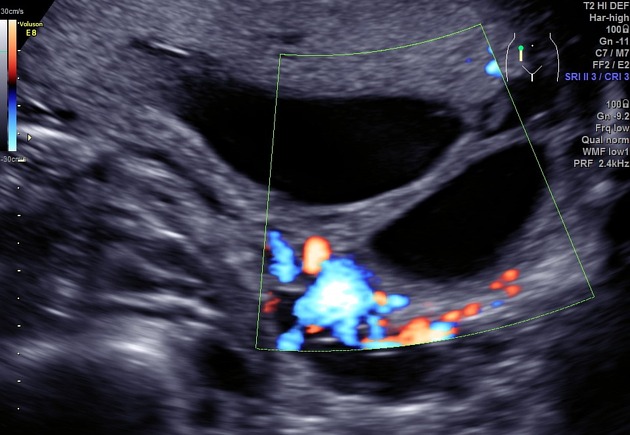


Definition: Uterine Synechiae, also known as uterine adhesions, refers to the development of scar tissues within the uterine cavity. It is also referred to as Asherman’s Syndrome, particularly when accompanied by symptoms. This condition is an acquired gynecological disorder of the uterus characterized by the bonding of scar tissues along the uterine walls. These scar tissues can result from various factors, such as surgical procedures (D and C), uterine infections, and more.
Causes of Uterine Synechiae:
Symptoms of Uterine Synechiae:
Tests and Investigations:
Treatment/Management: The approach to treatment depends on the severity of the condition, with the overarching goal of freeing the adhesions. Surgical adhesiolysis is performed to achieve this, followed by ensuring the patency of the uterine cavity. This can be achieved through the placement of a balloon or the insertion of an intrauterine device (IUCD).
Commonly practiced is adhesiolysis along with the insertion of a levonorgestrel-containing IUCD, which is available at Suncel. Patients are typically encouraged to retain this for a minimum of 6 months. It is crucial to note that this surgical procedure must be carried out by an experienced professional, as any errors could lead to increased adhesion and worsen the case.
***We Promise, no spam!
